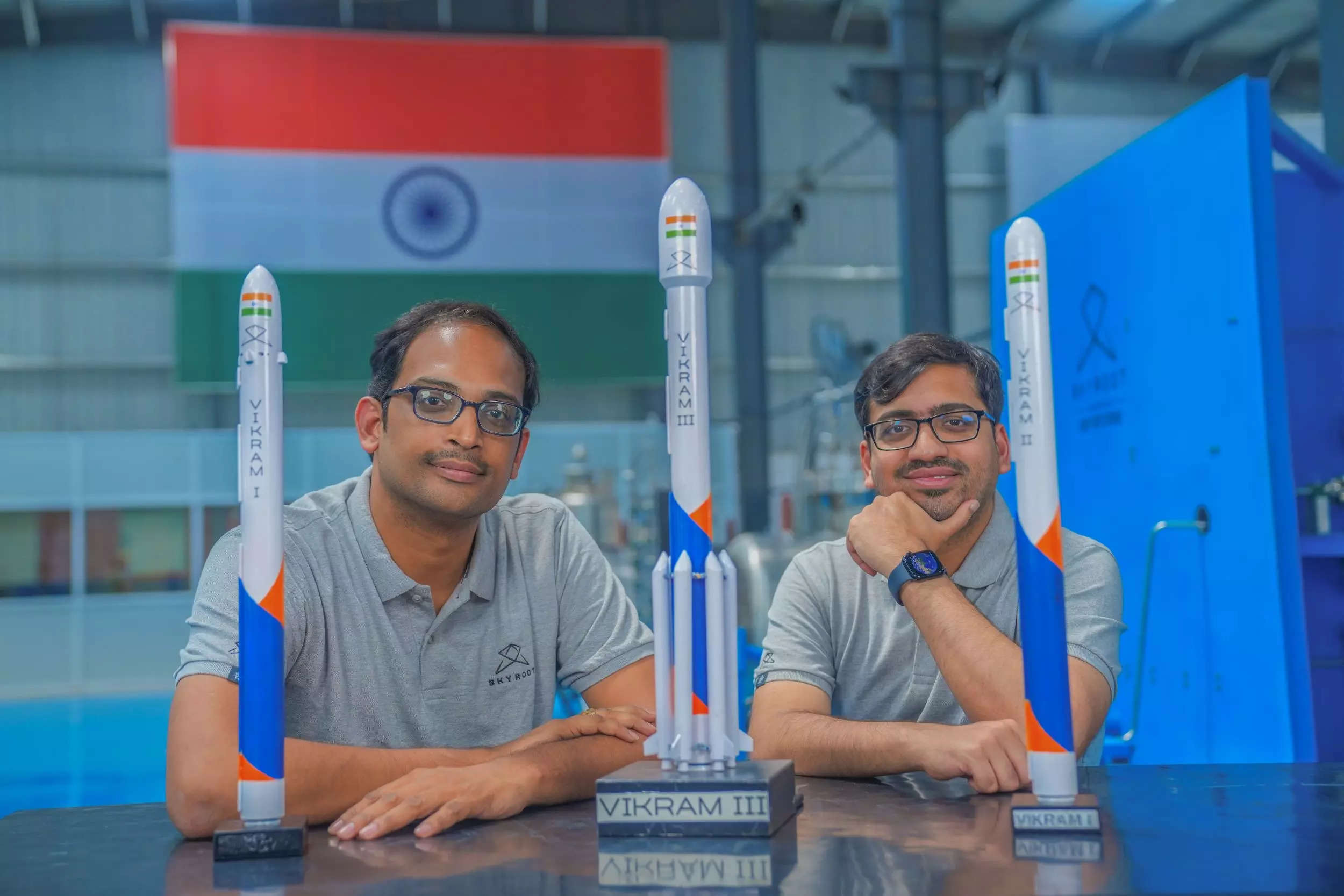At a meeting of the organization scheduled for November 21 in Tokyo, the Global Partnership on Artificial Intelligence will elect India to serve as its chair for 2022–2023, according to the Ministry of Electronics and IT.
Key Highlights
- France’s position as chair of the Global Partnership on Artificial Intelligence (GPAI) will be replaced by India.
- This development follows the assumption of the G20 presidency, a grouping of the biggest economies in the world.
India’s technology ecosystem is growing, and artificial intelligence is a force multiplier in the effort to reach the objective of a $1 trillion digital economy by 2025.
About GPAI
- GPAI was introduced in June 2020 and is the realisation of a G7-developed concept. India became a founding member of GPAI in 2020, which has 25 member nations.
- Goal: By funding innovative research and practical initiatives on AI-related objectives, we hope to close the gap between theory and practise in AI.
- Members: There are 25 nations that make up this organisation, including, among others, Australia, Canada, the United States, the United Kingdom, and India.
- The goal of the multi-stakeholder GPAI initiative is to close the knowledge gap between theory and application of artificial intelligence by promoting innovative research and practical applications of AI.
- To promote global cooperation, GPAI brings together active minds and expertise from academia, business, public society, government, and international organisations.
- GPAI experts will work together in four working groups over the course of its first few years to address the issues of data governance, the future of work, innovation, and commercialization, as well as responsible AI (including a subgroup on AI and pandemic response).
Significance of India leading GPAI
- By 2035, artificial intelligence is projected to boost India’s economy by 967 billion US dollars.
- It is also anticipated that by 2025, India’s GDP will increase by 450 to 500 billion US dollars, or 10% of the country’s aim of 5 trillion dollars.
- The fact that India is in the GPAI chair demonstrates how the world views India as a trusted technology partner who has long pushed for the ethical application of technology to improve the lives of its people.
Source—https://pib.gov.in/PressReleasePage.aspx?PRID=1877739











